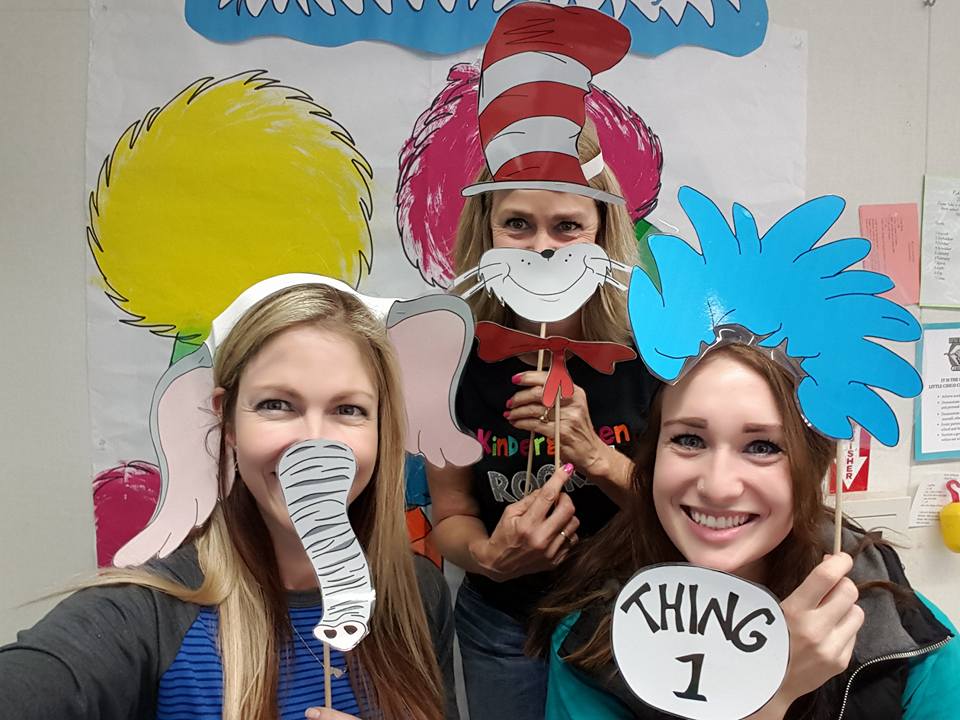Teaching and Learning Style Reflection
As I reflect upon my elementary education experience, I remember with fondness the multitude of teachers who individually prepared me for the world ahead and encouraged me to reach my potential and dream big. I believe that teachers are a positive, influential figure in a child’s life who encourage and act as a mentor by providing a strong and safe social and educational foundation. A child’s education is fundamental to the person they become through habits they develop and lessons they learn in the classroom.
My typical teaching style is an equal balance of direct instruction and the inquiry model. I use direct instruction in the classroom through stated objectives, the presentation of new material, and through guided practice. A great deal of what I teach in Transitional Kindergarten is done through direct instruction, as students need to be explicitly taught content because they have a very small base of knowledge to draw from. Most of my lessons, both whole group and small group, use teacher modeling to begin the lesson, student discussions, and then practice with explicit, timely feedback to encourage and monitor student growth. They mirror the classic “I-do, you-do, we-do” instructional model. I value think-pair-share, and involve social skills by giving students the words to express to one another academically. I also highly value formative assessments, and consistently check for understanding through the use of “thumbs up, thumbs down” responses, daily small group work that provides opportunities for quick checks, and listening to student responses out loud. I use flexible grouping within the class to ensure student success.
I employ the inquiry model of instruction when it fits with the content I want to deliver to the students. It often fits the best with science lessons, although I would like to continue to challenge myself to use the inquiry model in more than just science lessons. I use the inquiry model through data collection, hypothesis creation, and then testing the hypothesis. I was able to use the inquiry model of instruction to guide student learning to understand the aspects of fall, specifically focusing on the changes that occur between summer and fall. I highly value collaboration and group talk, and implement both with the inquiry model with the hopes of encouraging healthy discourse.
Additionally, I value a classroom that encourages dispersed leadership and shared power in order to give students ownership over their learning. I do this through giving students choice in learning activities, thematic units, and classroom jobs. In all lessons I strive to keep the balance between higher-level learning, including Depth of Knowledge Questions through Bloom’s Taxonomy, and basic skills. I employ interdisciplinary instruction, and especially focus on integrating English Language Arts in every lesson. The types of instructional activities that I like to incorporate in lessons include the use of hands-on manipulatives, guided practice activities that are engaging and developmentally appropriate, and group discussions.
One of my favorite aspects of teaching is when a student understands an academic concept. I love watching the “light bulb” go off in their head, and seeing them realize that they are capable of understanding and delivering content. The rewards of teaching are small, and include these daily “light bulb” moments. They stretch even further than watching student success in academics, but also watching students be successful and grow socially, emotionally, and developmentally. In my current teaching position of Transitional Kindergarten, there are huge daily rewards in teaching the kids to be able to express themselves and their feelings with words to their peers and to other adults in the classrooms.
I believe that students learn through observing others, including teacher modeling. Students learn through replicating and repeating behaviors, building upon their background experiences, and through accessing prior knowledge. I learn best through being given opportunities to research, learn, and explore on my own. I favor lessons that include visual supports, and often would go and re-type notes from classes in college because I needed the time to visually process the information that was given through lecture. My favorite lessons, and most memorable learning experiences, included project-based learning and thematic units in which I was able to explore similar academic content in various forms.
My typical teaching style is related to my beliefs about teaching and learning. I believe that students have different learning needs, different learning preferences and styles, and that teaching styles need to reflect student development. This means that students in a Transitional Kindergarten class require different versions of teaching models than students in a 5th grade class, where there is often more flexibility available for student learning. I employ direct instruction within the TK class much more often than I would within a 5th grade class. I constantly am changing my lessons to reflect the needs of my students, and make sure that students are learning content through varied methods. Additionally, my teaching style of direct instruction and the inquiry model is related to my character strengths as I am extremely comfortable delivering instruction directly and monitoring student progress through formative assessment. I am also very comfortable with giving students a topic and guiding their learning to the desired answers.
Given the opportunity, the number one improvement I would make in my teaching would be to integrate more STEAM opportunities for students in my classroom. I do not have a great deal of experience with STEAM, and am currently working on integrating STEAM “Tinker Boxes” within my TK class, which would allow students to practice STEAM concepts through solving problems through building.
References
Estes, T. H. (2016). Instruction: A Models Approach (7th Edition ed.) [P2BS-11].


